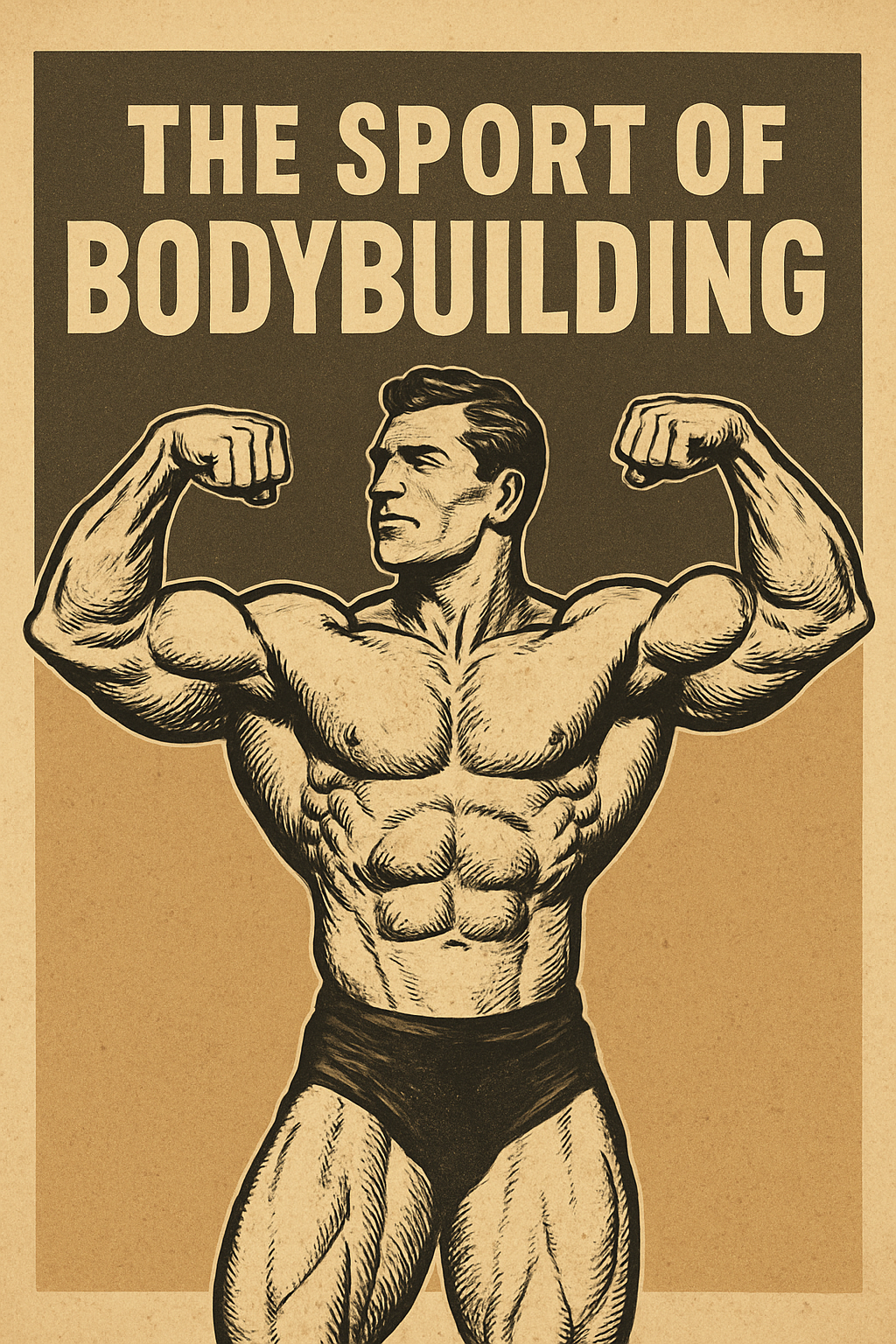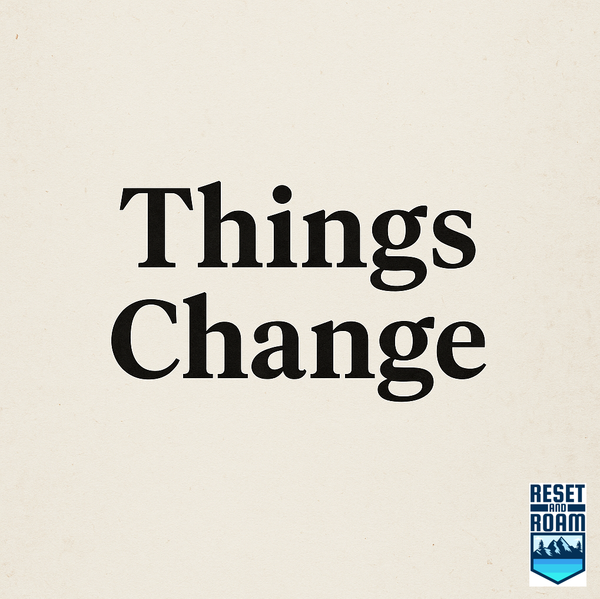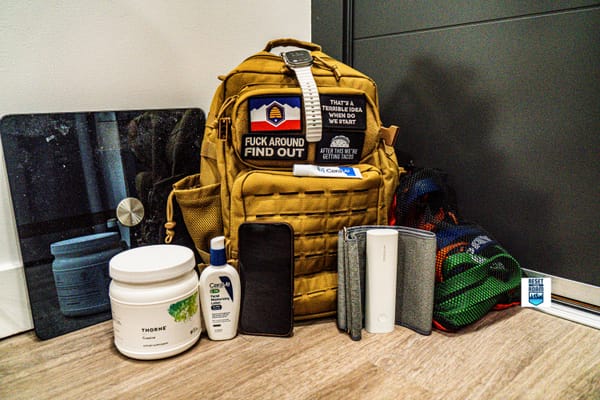The Sport of Bodybuilding

Bodybuilding is often dismissed as vanity or steroids, but it’s no different from any other sport that demands skill, discipline, and practice. Just as Michelangelo carved David from marble, bodybuilders sculpt their physiques through years of work. To me, it’s no different than a wide receiver catching an over-the-shoulder ball or a baseball player swinging a bat perfectly at a fastball. It takes practice, patience, coaching, determination, discipline, trial and error, and just plain work.
What Judges Look For
The first thing to understand is how someone actually “wins” a bodybuilding competition. Judges don’t simply look at who has the biggest muscles. They evaluate a complete package across six main areas:
- Symmetry and Proportion
- Muscularity
- Conditioning
- Presentation and Posing
- Suitability for the Division
- Overall Impression
Each of these layers builds on the others, and the athlete who can bring them all together is the one who stands out.
How Scoring Works
Once judges have evaluated competitors across those six categories, they assign rankings. The best physique gets a 1, second place a 2, and so on. The lowest total score wins.
If there are seven judges, the highest and lowest scores are dropped to remove outliers—like one judge ranking an athlete unusually high or low. The remaining five scores are added together, and that total determines placement.
Is it subjective? Absolutely. But at most shows, the top one or two competitors are usually obvious. At the professional level, where everyone has mastered size, symmetry, and conditioning, the margins are razor thin. That’s when details like posing, confidence, and presence tip the scale.
Symmetry and Proportion
In the classic era, Steve Reeves introduced the Reeves Ratio: neck, arms, and calves all measuring about the same size. Nobody pulls out a tape measure today, but the principle is still alive—the body should look balanced from head to toe.
Symmetry is left and right sides matching. Proportion is how the entire body flows: upper and lower, front and back. A chest that overpowers small legs or massive quads paired with flat hamstrings throws everything off.
Think of it like sculpting. If you carved yourself out of marble, the whole structure would need to make sense. That’s bodybuilding.
This pursuit is what makes the sport both fascinating and maddening. Muscles don’t all respond the same. Calves require different training than quads. Building lats is different from building chest. Some areas you hammer, others you maintain. The art is knowing what to emphasize and when—always chasing balance everywhere.
Muscularity
At its core, bodybuilding is about muscle—but “how much” depends on the division.
- Open Bodybuilding: Maximum mass, extreme muscular development.
- Classic Physique: Height and weight limits with an emphasis on aesthetics and proportion.
- Men’s Physique: Lean, athletic, V-taper look. Competitors wear board shorts, so legs aren’t the focus.
There are also age categories—teen, masters, and beyond. Personally, I’m aiming for the 45+ Masters division. At my age, chasing the sheer size of Open Bodybuilding isn’t realistic or healthy.
Conditioning
Muscle means nothing if it can’t be seen. Conditioning is what separates “gym big” from “stage ready.”
Professionals step on stage at around 3–5% body fat. Water is manipulated so the physique looks dry and tight. Judges want to see:
- Quad separation, with all four heads visible.
- Triceps shaped like a horseshoe.
- Striations across chest and shoulders.
- Vascularity running across the body.
Conditioning has three levels:
- Stage readiness—lean, dry, no extra fat or water.
- Separation—clear lines between muscle groups.
- Striations and vascularity—fibers and veins showing through the skin.
This level of detail doesn’t happen overnight. It’s the product of years of training, dieting, and fine-tuning.
Presentation and Posing
This is where bodybuilding becomes art. Under NPC/IFBB rules, men perform seven mandatory poses:
- Front Double Biceps
- Front Lat Spread
- Side Chest (left and right)
- Side Triceps (left and right)
- Back Double Biceps
- Back Lat Spread
- Abdominals and Thighs
These poses give judges equal comparisons, but here’s the key: they’re watching the entire time. How you move into each pose, how confident you look, how smooth the transition feels—all of that counts.
In Pumping Iron, Arnold and Franco practiced ballet to refine their transitions. That’s because posing is part mechanics, part performance. Like a quarterback’s perfect throw or a point guard’s no-look pass, there’s beauty in the execution. Posing requires as much practice as lifting weights.
Suitability to Division
Each division has its own target “look.” Amateurs often compete in multiple categories—like Men’s Physique and Classic Physique—to increase their chances of placing. But an Open Bodybuilder won’t show up in Physique. They’re simply too massive. Knowing your best fit is part of the strategy.
Overall Impression
When everything else is equal, confidence decides the winner. Stage presence, energy, and even a smile can separate first from second. Judges are human, and when physiques are close, they gravitate toward the competitor who owns the stage.
Final Thoughts
Bodybuilding is more than tanning oil, trunks, and flexing. It’s the pursuit of balance, symmetry, conditioning, and artistry—all brought together under bright lights for a few minutes on stage.
The next time you see a competitor, whether live or in a magazine, look past the stereotypes. See the work, the detail, and the discipline it took to get there.
In future posts, I’ll explore the other side of bodybuilding—the training and nutrition strategies that make stage physiques possible.





